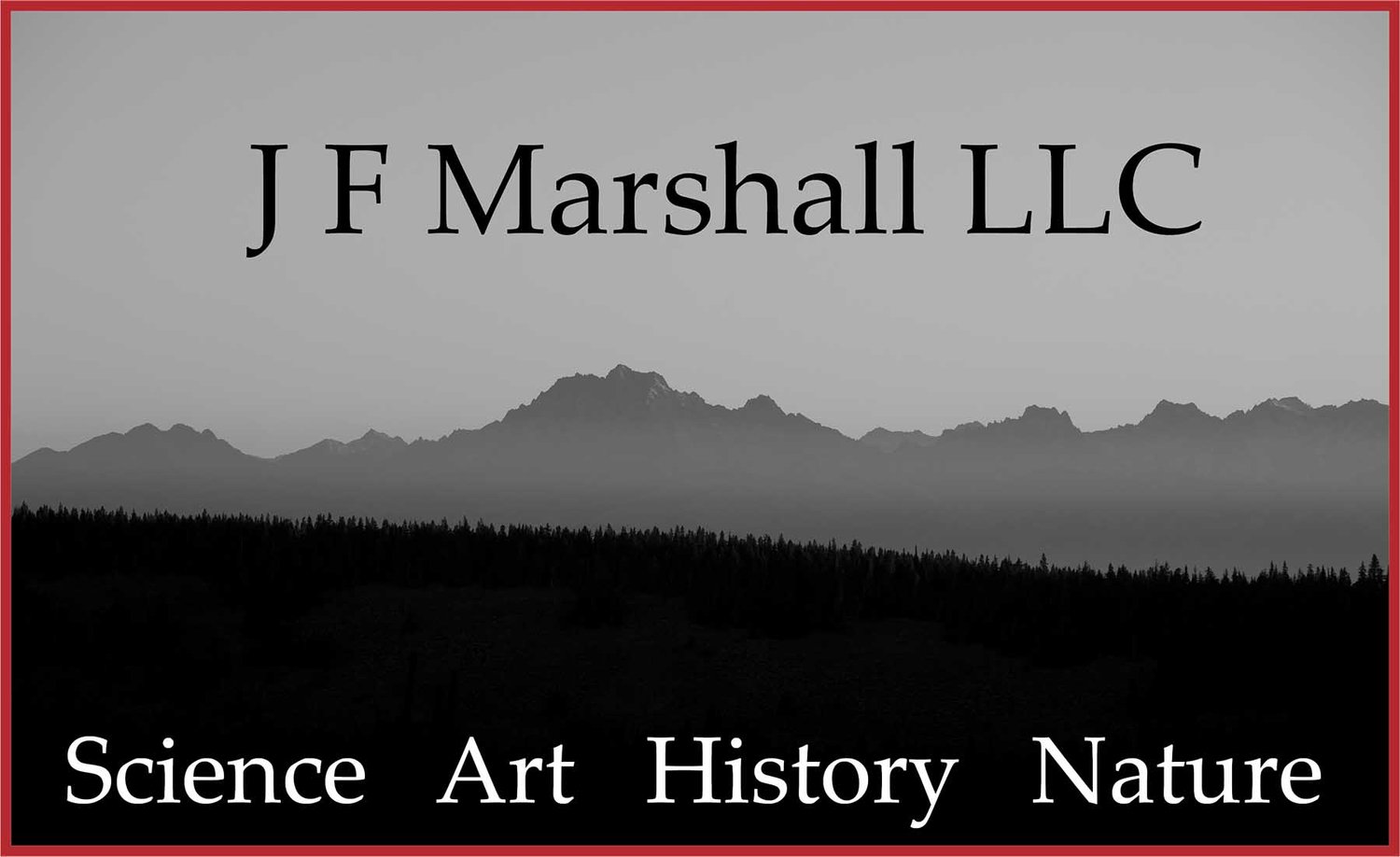Inspiring photographs of the wilds of the Pacific Northwest are equated with John Marshall, but there is more to the man. Descended from Oregon Trail pioneers, Marshall has deep knowledge of the history and ecology of the region. His life spans urban and rural; big sagebrush and mountain hemlock. Born in Nevada in 1951, Marshall moved with his family to Harney County, Oregon in 1955, where his father the late David B. Marshall served as biologist on the Malheur National Wildlife Refuge. A one-room country school was attended for the first three grades. Later the family moved to Portland where John graduated from high school, spending most weekends at Mt. Hood-- skiing in winter and stalking cutthroat trout in summer.
As a twelve-year old boy John received a 35mm film camera as a birthday gift. By college age at Oregon State University, he acquired considerable skill in photography, but had no idea how to monetize his pictures. Marshall’s first job out of college was working as a research technician for Weyerhaeuser Company. The job was not a good fit, but the location meant weekends in the southern Washington Cascades including the Mt. St. Helens back country. It was the back country experience that led to an assignment with National Geographic Magazine in 1980 to cover the eruption of Mt. St. Helens. John was introduced to photojournalism and accumulated a valuable collection of photography.
John Marshall has long stood with one foot in photography and the other in conservation and biology. The Mt. St. Helens days were mingled with finishing a Master of Science degree in Wildlife at the University of Idaho, and photographing for his first book- a large format edition on Idaho. For many years, he worked with a 4x5 field camera and a Pentax 645 medium format camera, only resorting to 35mm for wildlife and human interest pictures. The natural world and how we should relate to it was and is of profound interest, but the attraction of self-determination won out over traditional employment. A photography career is not easy, and temporary work was sometimes taken including three summers working for the U.S. Forest Service doing stream surveys and spotted owl reconnaissance. Both the Weyerhaeuser work and the Forest Service experiences provide John with valuable perspectives today.
A move back to Washington State in 1985 placed John on the east side of the Cascades. Living among people who worked in a sawmill, and others who grew or harvested pears was important to forming John’s world view. When wildfire broke out on the Wenatchee National Forest in 1994, Marshall took it upon himself to document the fire and the plant growth that followed the flames. That initiative led to his focus today, which is to understand wildfire and explain it to others- see Wildlandnw.net. Photography is just one aspect of John’s work. He also writes and does graphic design work. His go-to camera more often than not is a drone, which he uses for both still photography and aerial video. Using UAS systems, Marshall is able to take pictures that for most of his career were only fantasy. John lives with his wife Leslie on the outskirts of Wenatchee, Washington where he can look out his home office window at the Wenatchee River and the high Cascades. Family life includes six children, who are all young adults. On the other side of 70, John still has the ability to carry a backpack with camera and tripod into the mountains. At home, he tends gardens, reads scientific journal articles, and follows national and world news.





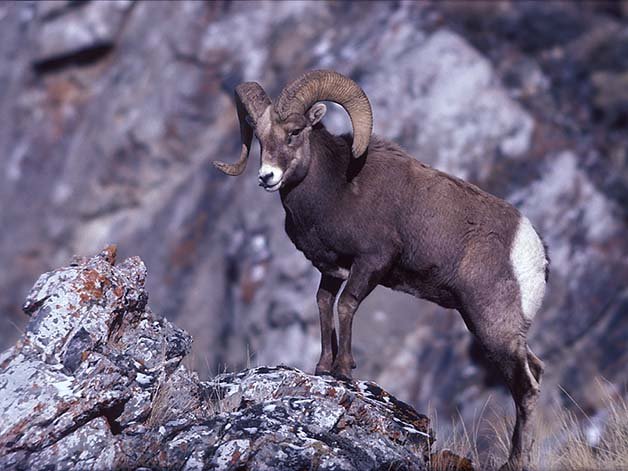
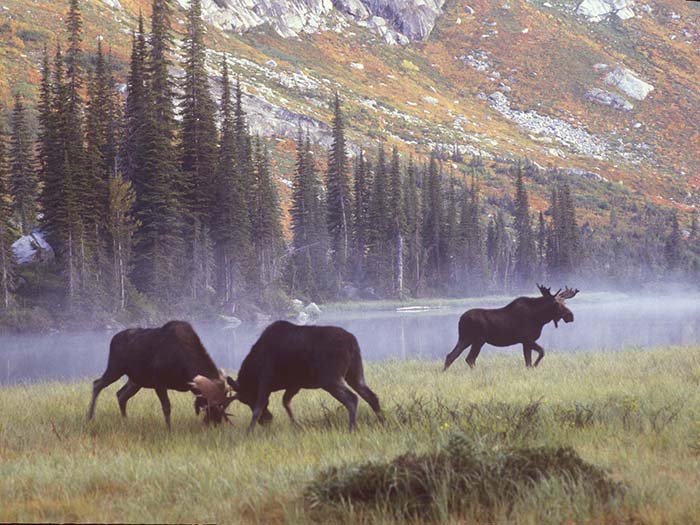

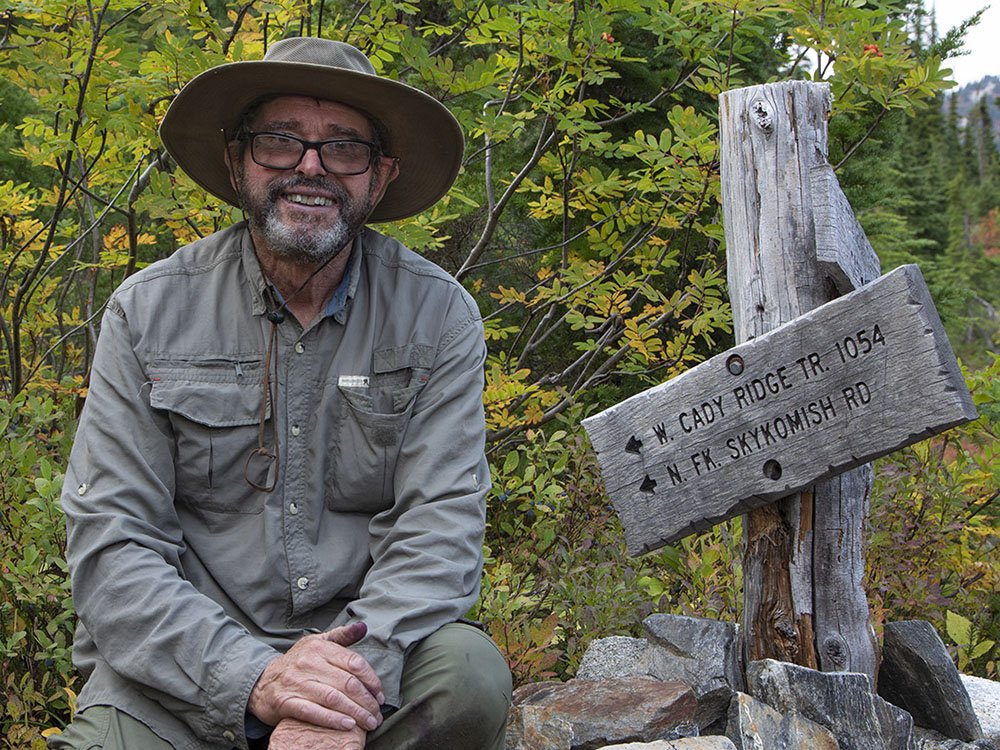
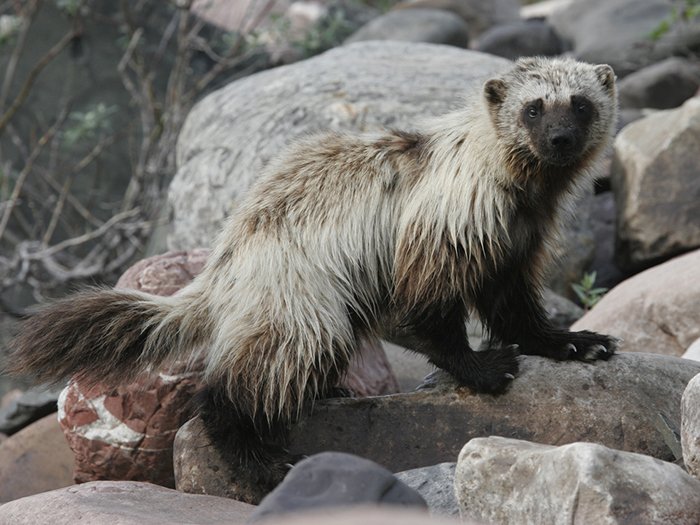




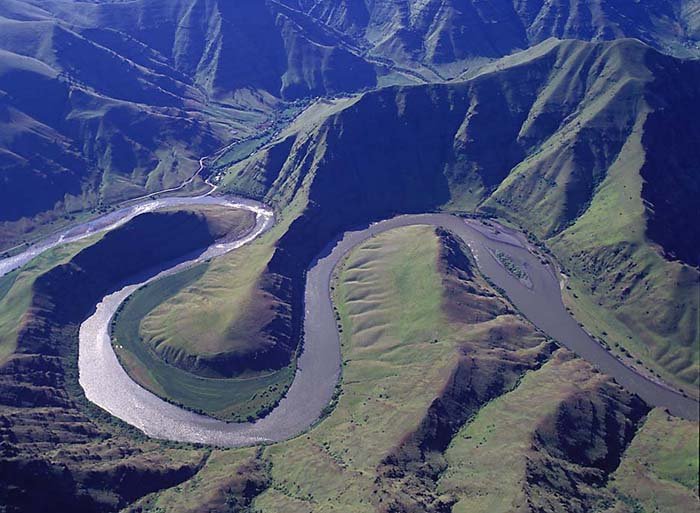




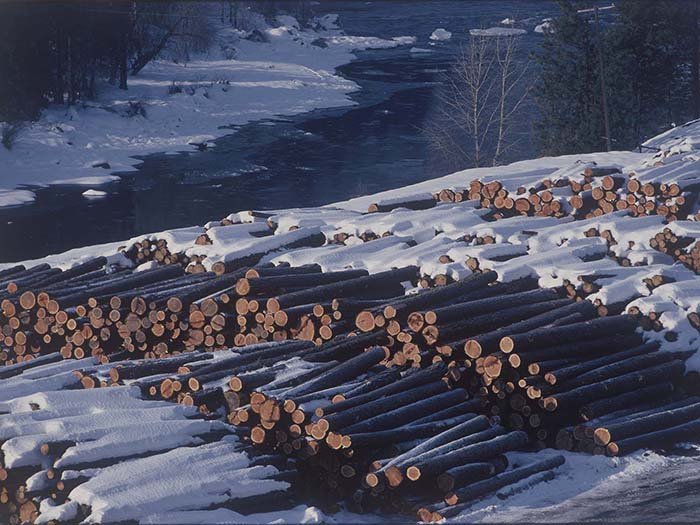
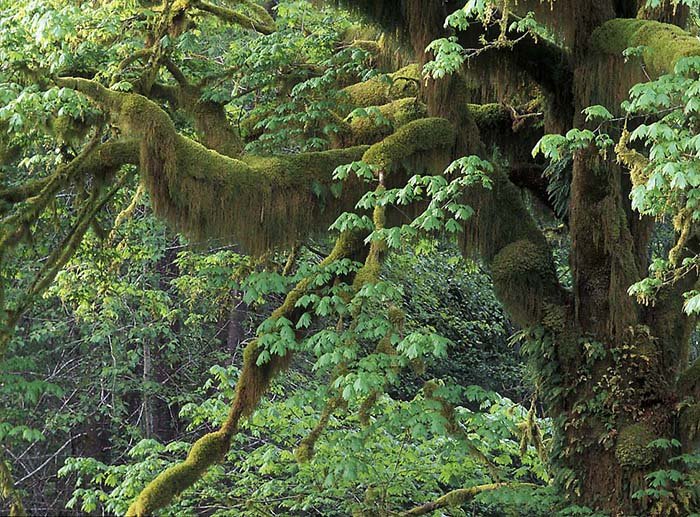
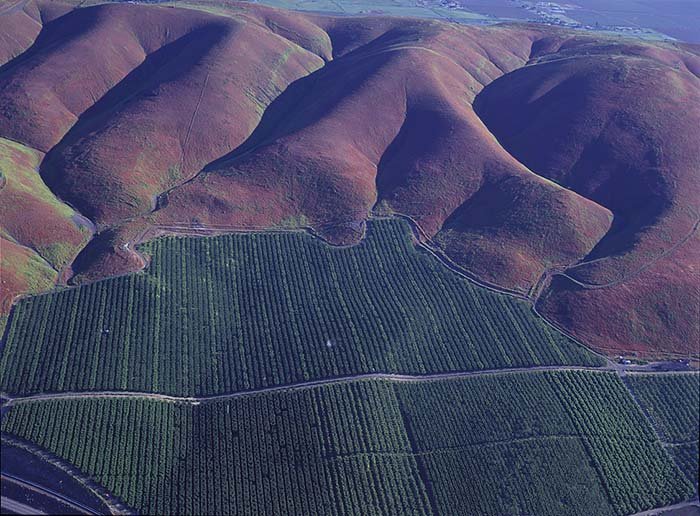




Reflection Time
The technological changes of a half century are staggering. So are the social and environmental changes. Rural is becoming urban-- “No Trespassing” has popped up in places once taken for granted. Even our wildlands are less wild. Nature is threatened and so are people. Greed cannot be the guiding light, and growth cannot be infinite, yet “take only pictures leave only footprints” will not deliver to us what we need. Problems will only be solved through new ideas expressed by honest brokers of the truth. Image and story is what I have to offer to the public forum.
